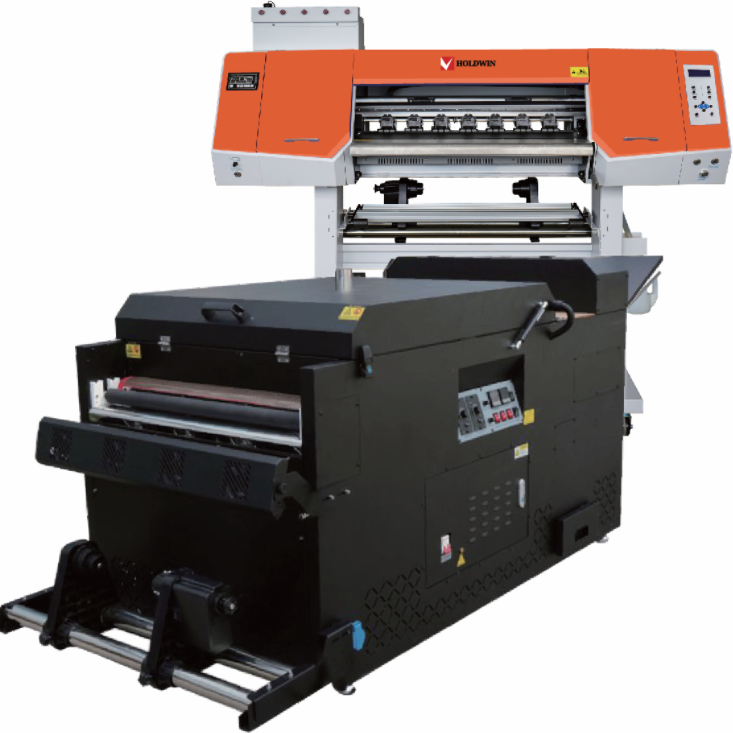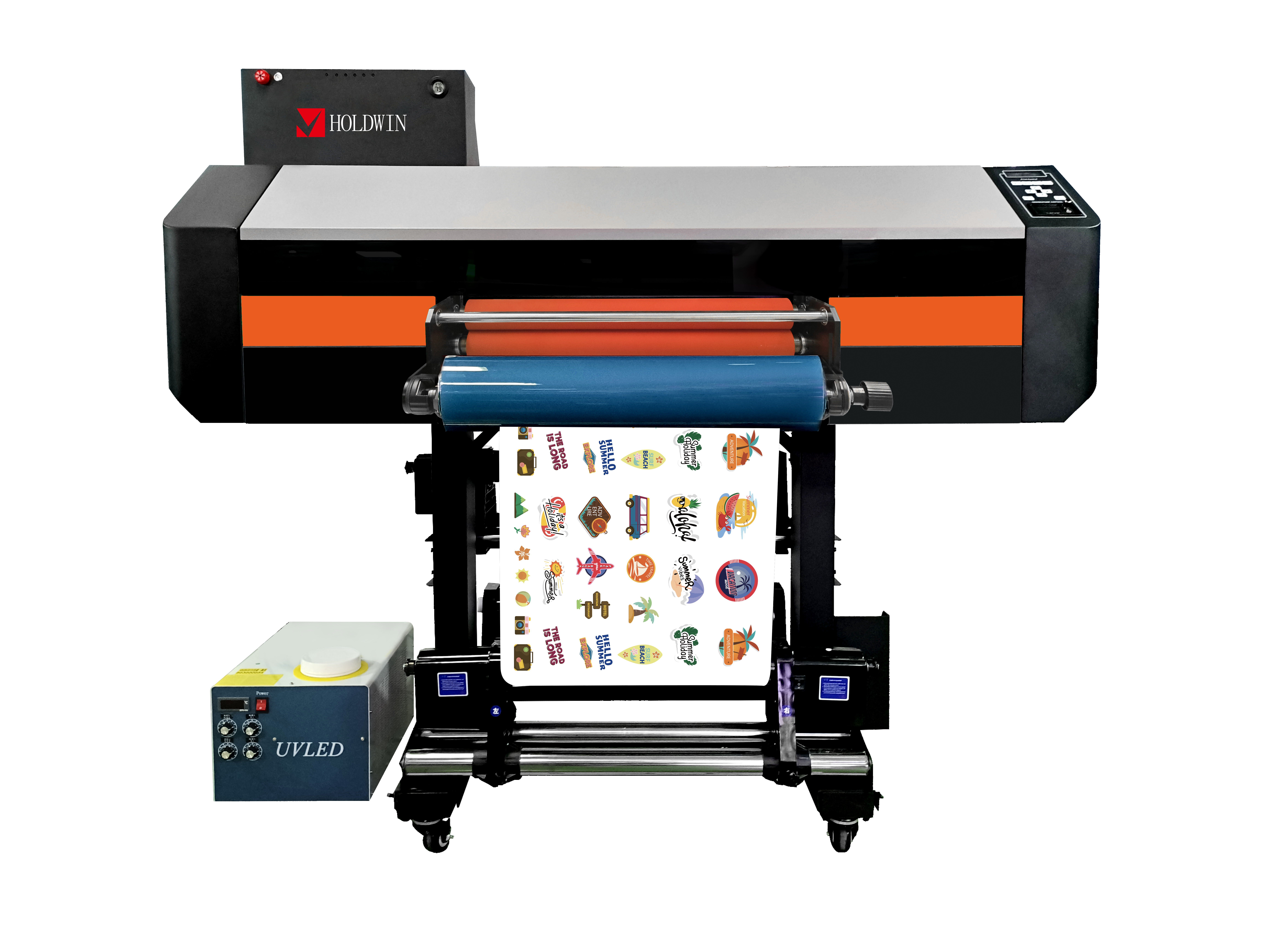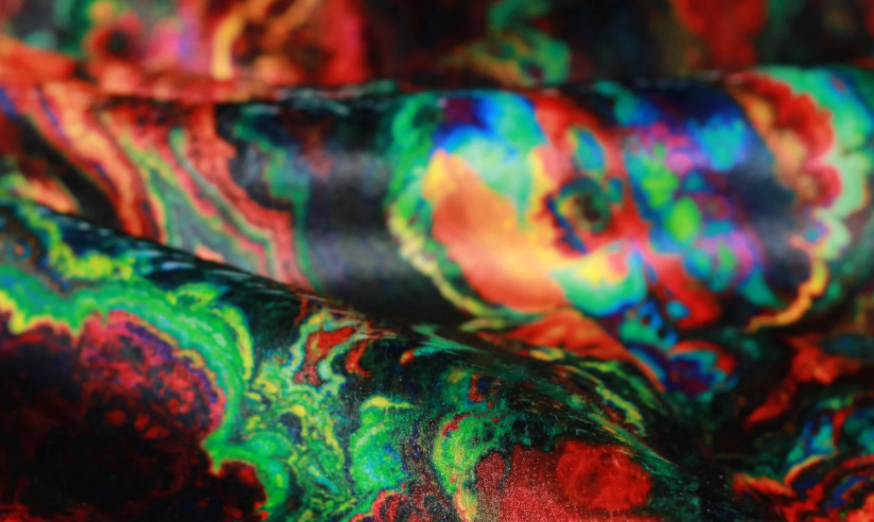
The textile industry has seen rapid technological advancements in recent years, with digital printing leading the charge. Traditionally, printing complex patterns and gradients on fabrics was a challenging and time-consuming task. However, with the rise of digital printing technologies, textile manufacturers and designers can now create intricate, high-quality designs quickly and efficiently. This article delves into how digital printing facilitates the creation of complex patterns and gradients, and how HOLDWIN’s cutting-edge technology is revolutionizing the textile printing sector.
Digital printing in textiles has evolved significantly since its inception. Initially, the technology was limited to simpler designs and static patterns. Over the years, innovations in ink types, printer hardware, and software have allowed for more sophisticated designs, including multi-colored gradients, fine details, and intricate patterns. Digital printers use a direct-to-fabric (DTF) or heat transfer process, applying ink droplets directly onto fabric in a precise and controlled manner.

Creating complex patterns and gradients in textile printing requires a combination of advanced printing technologies, precise color management, and a deep understanding of fabric properties. Several key technologies play a role in achieving these intricate designs:

These technologies allow for the creation of highly detailed patterns, including photographic images, gradients, and multi-layered designs. With advancements in software and hardware, these designs can now be applied to a variety of textiles—such as apparel, towels, scarves, and carpets—with impressive precision and efficiency.
One of the most significant challenges when printing complex patterns and gradients is managing color transitions. In traditional screen printing, this was often a limitation, as achieving smooth color blends and subtle transitions was difficult. Digital printing overcomes this by precisely applying tiny droplets of ink in varying amounts, creating gradients that blend seamlessly.

Creating complex patterns and gradients is not just about the design itself—it’s also about understanding how the fabric interacts with the ink. Different materials react differently to various printing technologies, so the type of fabric chosen can significantly impact the outcome of the print.
For example, polyester fabrics, which are commonly used in sublimation printing, tend to produce vibrant colors and smooth gradients due to their ability to hold dye well. On the other hand, cotton and other natural fibers require different printing methods, such as DTF or DTG, to achieve similar results.

The future of digital textile printing looks incredibly promising, with continuous innovations shaping the industry. Advances in ink formulations, printheads, and software will further enhance the ability to create complex patterns and gradients with even greater precision and efficiency. For companies like HOLDWIN, staying at the forefront of these developments means being able to offer personalized, high-quality solutions that meet the unique needs of every client.
HOLDWIN’s digital printing solutions are designed with flexibility and scalability in mind, allowing manufacturers to adapt quickly to changing trends in the fashion and textile industries. Our commitment to rapid product development and customer-focused solutions ensures that our clients can produce intricate designs with unmatched quality.
“As a fashion designer, I’ve always struggled to find the right printing technology for my complex designs. Since switching to HOLDWIN’s digital printing solutions, I’ve been able to create intricate patterns and gradients with incredible precision and vibrant colors. The ability to work with different fabric types without compromising quality has been a game-changer for my business!”
Digital printing has transformed the way complex patterns and gradients are created in the textile industry. With the latest advancements in printing technologies, designers and manufacturers can now push the boundaries of creativity while maintaining the highest quality standards. HOLDWIN’s innovative solutions are at the forefront of this transformation, providing customers with the tools they need to create exceptional textile products.
By offering personalized customization and rapid product development, HOLDWIN is positioning itself as a global leader in the digital printing space, catering to the needs of textile manufacturers, fashion designers, and other industry professionals. As digital printing technology continues to evolve, the future of textile design has never been more exciting.
References:

Zhiyu is passionate about good products, good services, and good prices to let consumers know that choosing us is the right choice! For partners and end customers, we will provide one-on-one considerate smart services and provide you with more high-quality procurement solutions.